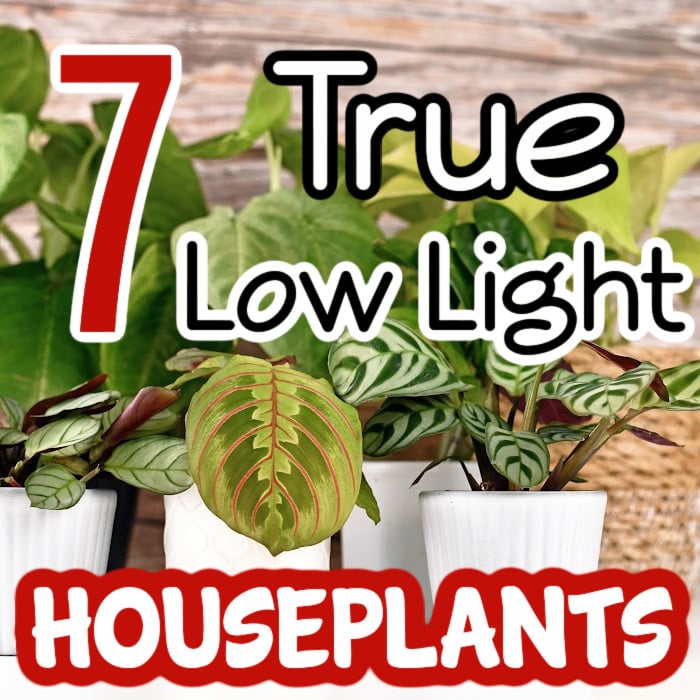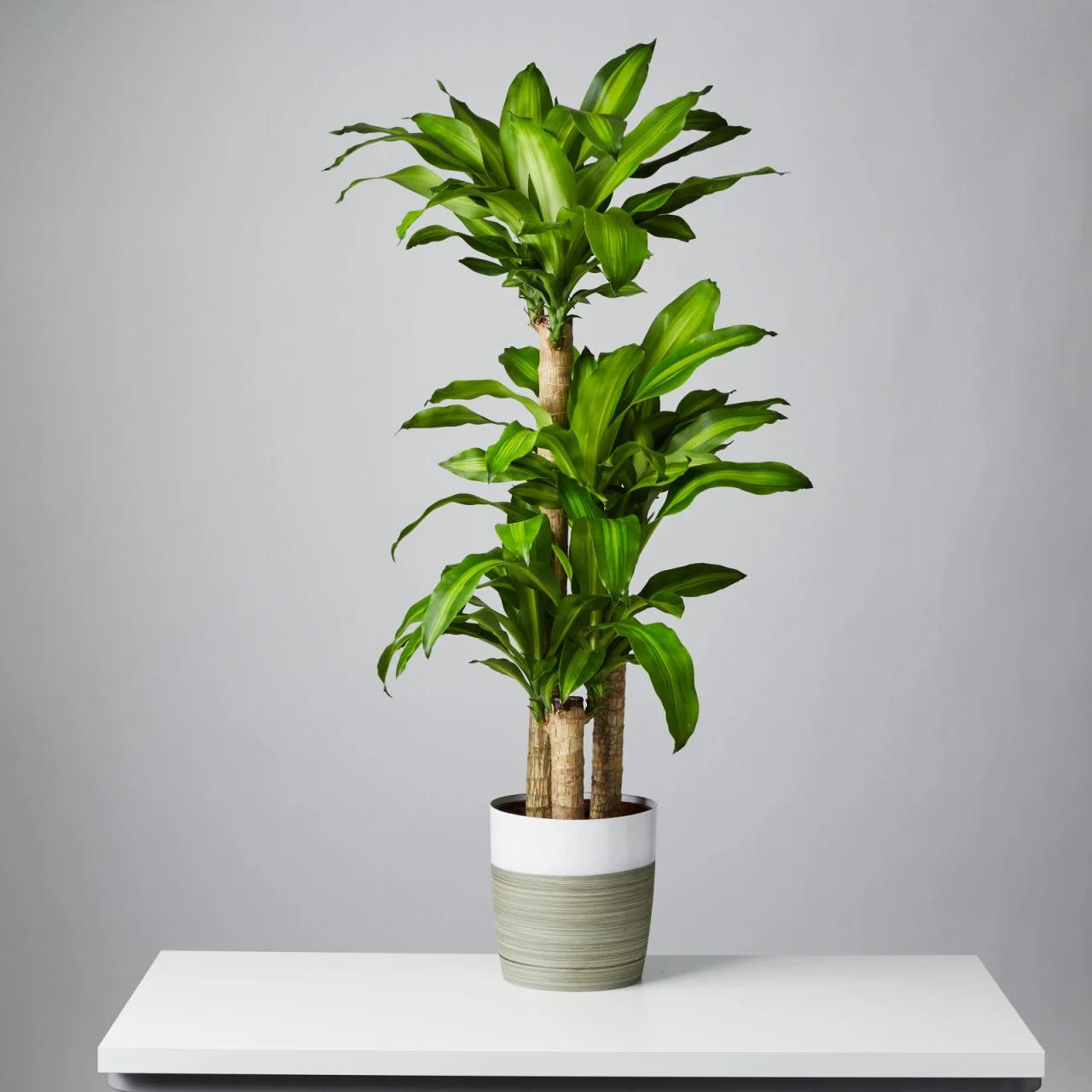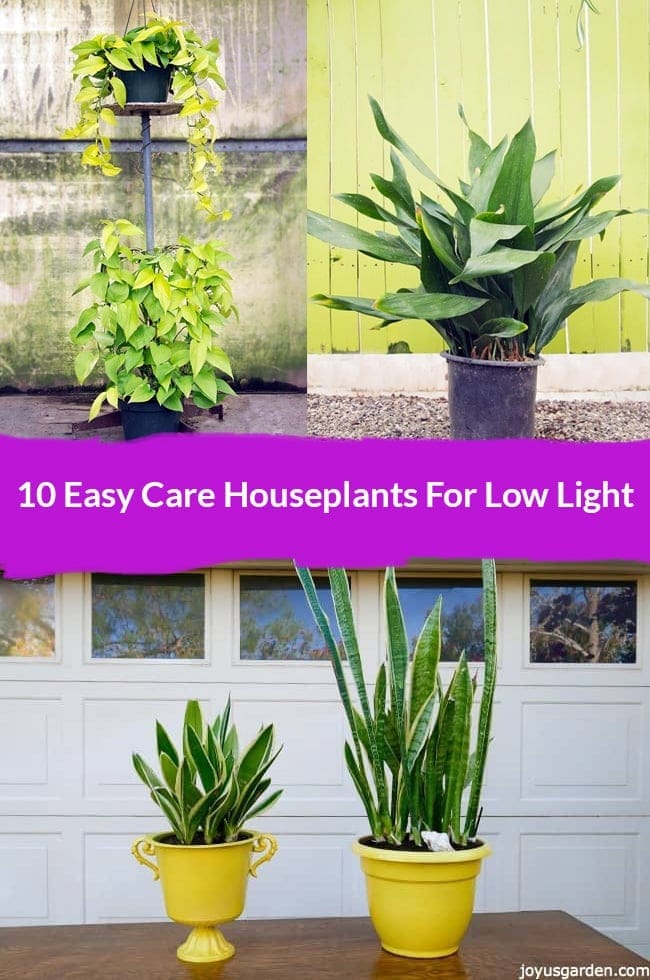The Best Low-Light Indoor Plants That Require Minimal Care and Attention
The Best Low-Light Indoor Plants That Require Minimal Care and Attention
Blog Article
Transform Your Home With Beautiful Low-Light Indoor Plants and Their Advantages
Incorporating low-light indoor plants right into your home can considerably improve both the aesthetic and environmental quality of your home. These plants, which grow in dim conditions, serve not just as decorative elements but also as natural air cleansers, making them optimal for metropolitan dwellers or those with limited sunshine exposure. As we check out the different sorts of low-light plants and their advantages, you might discover surprising ways to incorporate them right into your home that can transform your surroundings in methods you may not have anticipated.
Advantages of Low-Light Plants
Low-light plants offer countless benefits for indoor atmospheres, making them an exceptional option for both amateur and experienced garden enthusiasts. One of the primary advantages is their versatility to low-light problems, allowing people to improve their space without the need for extensive sunlight direct exposure. This characteristic makes them excellent for homes, offices, and various other areas with minimal natural light.

In addition, incorporating low-light plants into home décor can raise the visual charm of a room. Their lush foliage and differed appearances develop a relaxing ambience, adding to total well-being. The presence of greenery has been connected to lowered stress and anxiety degrees and improved performance, making low-light plants a sensible selection for enhancing both physical and psychological health and wellness in interior setups.
Top Low-Light Indoor Plants
While several indoor plants grow in bright light, a number of varieties are particularly appropriate for low-light problems, making them excellent for different interior rooms. One popular option is the Serpent Plant (Sansevieria), recognized for its striking upright leaves and durability, calling for minimal care. One more outstanding alternative is the Pothos (Epipremnum aureum), which features heart-shaped fallen leaves and can route wonderfully from racks or wall mounts, growing in reduced light and adding a rich touch.
The ZZ Plant (Zamioculcas zamiifolia) is commemorated for its shiny fallen leaves and ability to stand up to disregard, making it perfect for hectic lifestyles. The Tranquility Lily (Spathiphyllum) not just endures reduced light however additionally generates sensational white flowers, improving any type of space's aesthetic.
For a distinct touch, think about the Cast Iron Plant (Aspidistra elatior), which undoubtedly meets its name, growing in the darkest edges of your home. Last but not least, the Chinese Evergreen (Aglaonema) offers a selection of fallen leave patterns and colors while being extremely forgiving in low-light conditions. These plants not just enhance indoor environments but additionally add to air filtration, improving your home.
Treatment Tips for Low-Light Plants

Sprinkling methods are vital; these plants typically prefer slightly dry problems. Overwatering can lead to root rot, so make certain that the leading inch of soil is dry prior to watering once again. Usage pots with drainage openings to allow excess wetness to get away.
Humidity is one more vital factor. Lots of low-light plants, such as brushes and peace lilies, advantage from greater humidity levels. To boost moisture, think about misting the leaves or putting a tray of water near the plants.
Fertilizing should be come close to with care. Throughout the growing season, make use of a watered down, well balanced liquid fertilizer monthly to sustain development, but avoid feeding throughout the dormant cold weather.

Creative Ways to Show Plants
Interior plants can function as captivating prime focus in any space, improving both aesthetic charm and atmosphere. Innovative screens can raise the visual effect of low-light plants, making them an indispensable component of your home style. One reliable approach is to make use of tiered plant stands, which permit you to showcase multiple plants at varying heights while maximizing floor space.
Hanging planters are another innovative choice, developing a feeling of depth and attracting the eye up. Consider macramé wall mounts or wall-mounted racks to present a distinct appearance and style.
For a more organized strategy, usage geometric terrariums or glass containers to house your plants, adding a modern touch to your interior yard. You can also repurpose vintage things, visit site such as teacups or wood cages, for an eclectic display screen that shows your personality.
Enhancing Home Setting With Plants
Incorporating low-light plants into your home not just improves visual appeal yet likewise adds considerably to the overall setting. These plants function as natural style components, presenting a sense of peace that can change any area. The presence of plant fosters a soothing ambience, which company website is especially useful in high-stress environments such as office or living rooms.
Low-light plants, such as serpent plants, pothos, and ZZ plants, are not only cosmetically pleasing however also boost indoor air top quality by filtering toxins. This dual feature enhances the setting further, developing a healthier space (Best low-light indoor plants). The critical positioning of these plants can additionally influence the understanding of space; for circumstances, high plants can attract the eye upward, making ceilings appear higher and rooms a lot more spacious
In addition, varying structures and shades of foliage include deepness to interior decoration, permitting imaginative expression in home designing. Whether placed on racks, in edges, or as focal points, low-light plants can raise the state of mind of any area. In summary, including these plants into your home is an effective method to promote a cozy, welcoming ambience while reaping the advantages of enhanced air quality and visual convenience.
Conclusion
Including low-light interior plants into home atmospheres provides numerous advantages, consisting of enhanced visual charm and improved air quality. These resilient plants, such as the Serpent Plant and Peace Lily, call for marginal light and maintenance, making them ideal for varied way of lives.
While numerous interior plants prosper in bright light, numerous types are particularly well-suited for low-light problems, making them ideal for various indoor rooms. One efficient approach is to make use of tiered plant stands, which allow you to display numerous plants at differing elevations while taking full advantage of flooring room.
Low-light plants, such as snake plants, pothos, and ZZ plants, are not just visually pleasing yet also boost interior air high quality by filtering toxins. Best low-light indoor plants. The critical placement of these plants can additionally influence the understanding of room; for circumstances, tall plants can attract the eye upwards, making ceilings show up greater and rooms a lot more roomy
These resilient plants, such as the Serpent Plant and Tranquility Lily, require very little light and upkeep, making them ideal Go Here for diverse way of lives.
Report this page